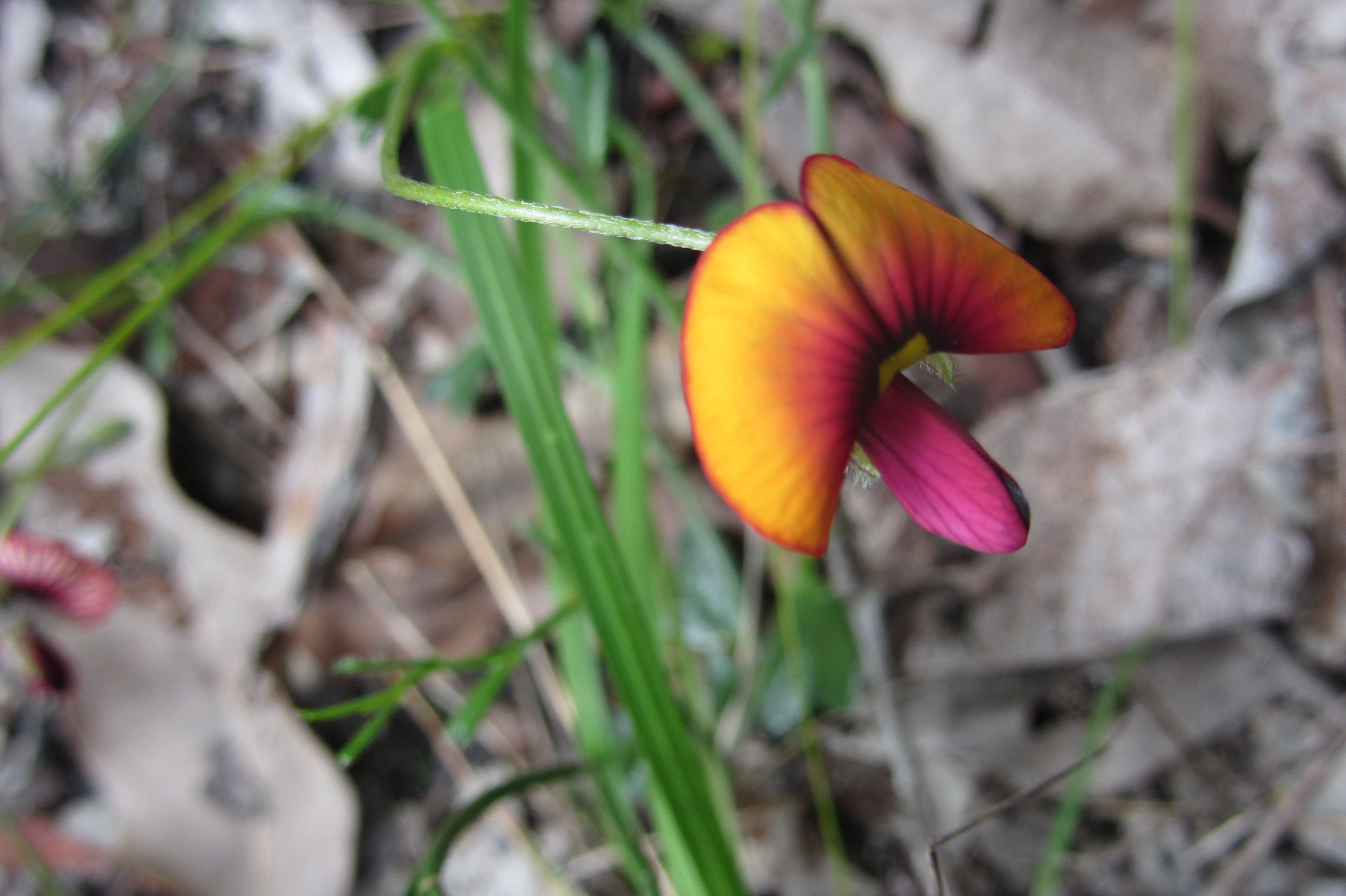More about poison in Western Australia
By Judy Evans
@JudyEv (347851)
Rockingham, Australia
February 18, 2022 10:22pm CST
My father’s diary from 1937 mentions that the farm he’d just bought, and I quote, “Farm contains 807 acres of which 140 is not cleared. This has also got poison in it.”
Some readers were confused by the reference to ‘poison’. Our Australian bush has a great variety of vegetation species and some of these are poisonous to livestock. The two most common in my father’s region were known as York Road poison and box poison.
York Road poison ((Gastrolobium calycinum) gets its name because, in the early days of settlement, farmers would drive their stock along the road from Perth to York, and losses from poison were common.
Many of the Gastrolobium species accumulate monofluoroacetate. This is the key ingredient in what is commonly known here as 1080 (also called sodum fluoroacetate). 1080 causes deaths in introduced and non-native animals and is used in baits to control feral dogs, cats and rabbits. Our native wildlife has a natural resistance to the toxin.
Box poison (Oxylobium parviflorum) is widely distributed throughout the agricultural areas of Western Australia and in one of the most toxic of the poison species.
When we rode our horses through the bush, we knew not to let them eat any of the vegetation on the verges. One of these plants we also knew as ‘eggs-and-bacon’ but at the moment I can’t remember which one. It was named this as the flower looked somewhat like eggs and bacon. There are a number of flowering plants called this.
Before a farmer could let stock loose in an area, he had to ensure all the poison plants had been removed. It was common for someone to say a paddock had a 'lot of poison' or whatever but they would be referring to vegetation.
The photo shows the flower that I know as ‘eggs-and-bacon’.
14 people like this
15 responses
@58lordstreet (1668)
•
19 Feb 22
@JudyEv they have squirting cucumber here in spain amongst other things - when you stand on them they squirt poison - think its mostly horses and dogs most in danger
1 person likes this




@changjiangzhibin89 (16870)
• China
19 Feb 22
The flower looks strange ! In the early days of settlement,farmers knew those poisonous plants to their cost.
2 people like this


@DaddyEvil (142853)
• United States
19 Feb 22
The flower looks pretty. It really sucks that something so pretty is poisonous.
2 people like this

@DaddyEvil (142853)
• United States
19 Feb 22
@JudyEv It looks very similar to some of the orchid flowers here.
1 person likes this

@snowy22315 (186236)
• United States
19 Feb 22
That is lovely, if toxic..you never know do you?
1 person likes this
@ptrikha_2 (47491)
• India
19 Feb 22
This is indeed quite a task to prevent one's animals or pets eat everything they see growing in the wild.
So more knowledge of such poisonous plants does helps.
1 person likes this

@ptrikha_2 (47491)
• India
20 Feb 22
@JudyEv
I can understand but with greater use of Technology, even good things are also often cleared up.
1 person likes this

@wolfgirl569 (112635)
• Marion, Ohio
19 Feb 22
That flower made me think of someone sticking out their tongue.  I was guessing that was what he meant as we have plants here that we have to watch also
I was guessing that was what he meant as we have plants here that we have to watch also
 I was guessing that was what he meant as we have plants here that we have to watch also
I was guessing that was what he meant as we have plants here that we have to watch also1 person likes this

@wolfgirl569 (112635)
• Marion, Ohio
20 Feb 22
@JudyEv But I do have to look for those things also. So it was easy to figure out with him listing the animals
1 person likes this

@xFiacre (13259)
• Ireland
19 Feb 22
@Judyev I was one who did not understand that ‘poison’ referred to naturally occurring toxic plants. Thanks for the qualification. My wife is listing all the plants that are poisonous to cats and some pot plants have been relegated to the bedroom now.
1 person likes this
@1creekgirl (42704)
• United States
19 Feb 22
That's very interesting. I wondered what kind of poison you meant.
1 person likes this
@SophiaMorros (5044)
• Belews Creek, North Carolina
20 Feb 22
That's a beautiful flower!
1 person likes this








 so it's hard to keep on top of them.
so it's hard to keep on top of them.


 That's a nice thing to say. I'm also always conscious of not making posts too long.
That's a nice thing to say. I'm also always conscious of not making posts too long.










